Cappadocia (Kat Persuk in Persian means "Country of Beautiful Horses"). The region was 60 million years ago; Erciyes, Hasandağı and Güllüdağ'ın erupted by the lava and ash formed by soft layers of rain and wind for millions of years has been eroded by the wind.
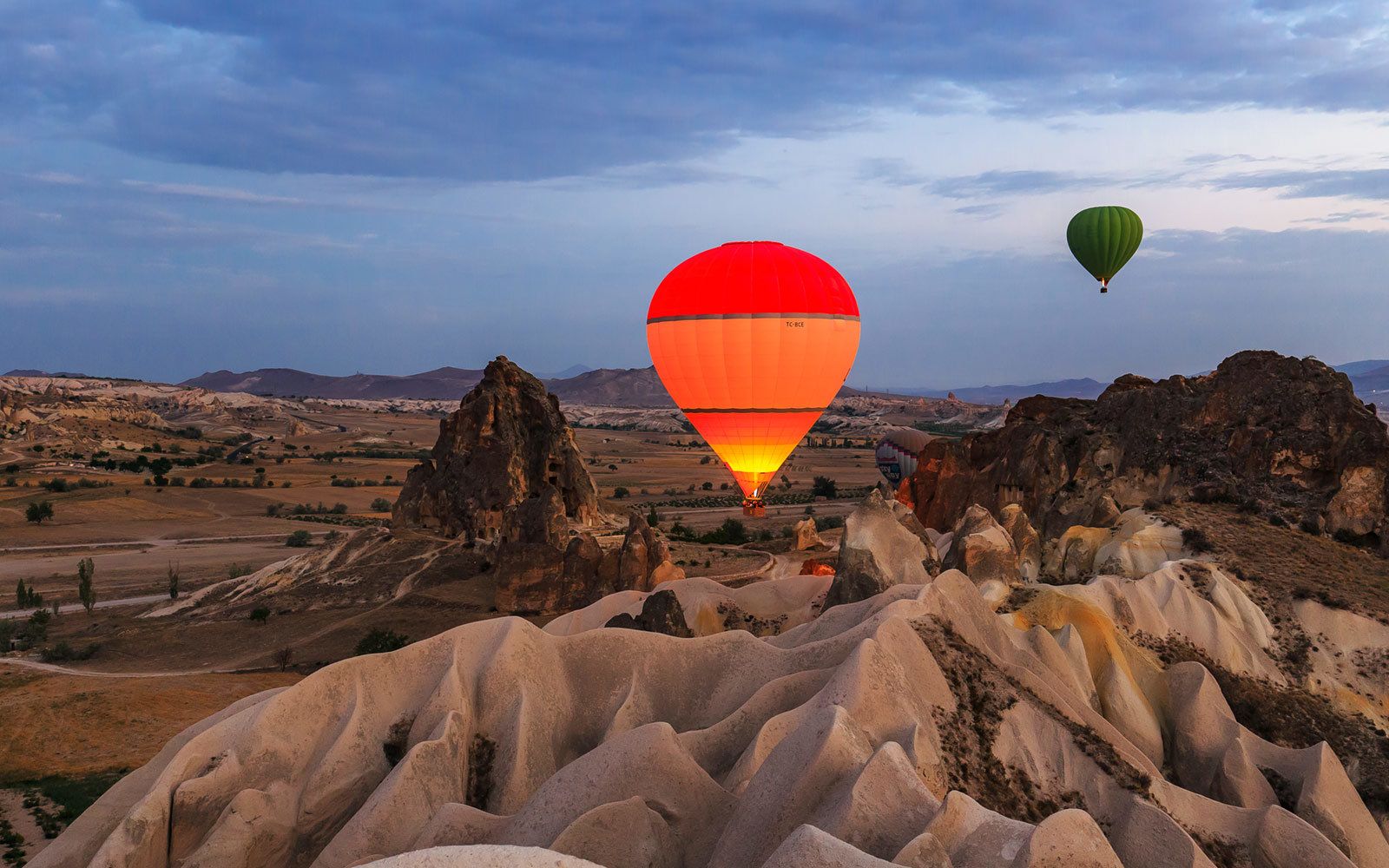
Cappadocia region is a place where nature and history are integrated. While geographical events form the Peribacalari, in the historical process, people have become houses, churches and decorated with frescoes inside these peribacas, making the traces of civilizations thousands of years old. The written history of Cappadocia, where human settlements stretch as far as the Paleolithic turn, begins with the Hittites. Cappadocia is one of the important junctions of the Silk Road, which houses trade colonies throughout history and establishes a commercial and social bridge between countries.
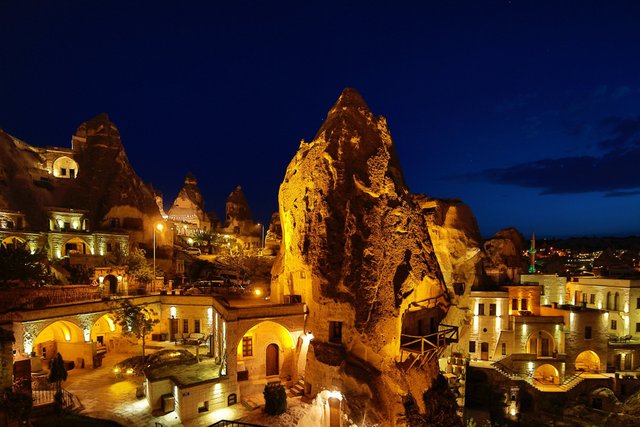
The first information about the Cappadocia region was obtained from the nailed tablets found at Kültepe. According to information obtained, the oldest inhabitants of the Cappadocia region were Hattiler and Luvi. B.C. The Assyrians who came to the region in the beginning of the 2nd millennium by the end of the 3rd millennium BC established many trade colonies, especially Kanesh (Kültepe). B.C. The Hittites who came to Anatolia from the beginning of the millennium BC have settled on a region that also includes Cappadocia. Then the most important centers of the state they established and the empire that followed them took place in this region. B.C. At the beginning of the first millennium, the Hittites were weakened in Anatolia and withdrew to the north of Southeastern Anatolia and Mesopotamia. Cappadocia was first conquered by the Phrygians and then Persians. The Persians brought Zoroastrian religion to Anatolia and the belief in the worship of the fire. Argiaos (Erciyes) Mountain, which is a symbol for this belief, was the region where most of the fireplaces were spread.
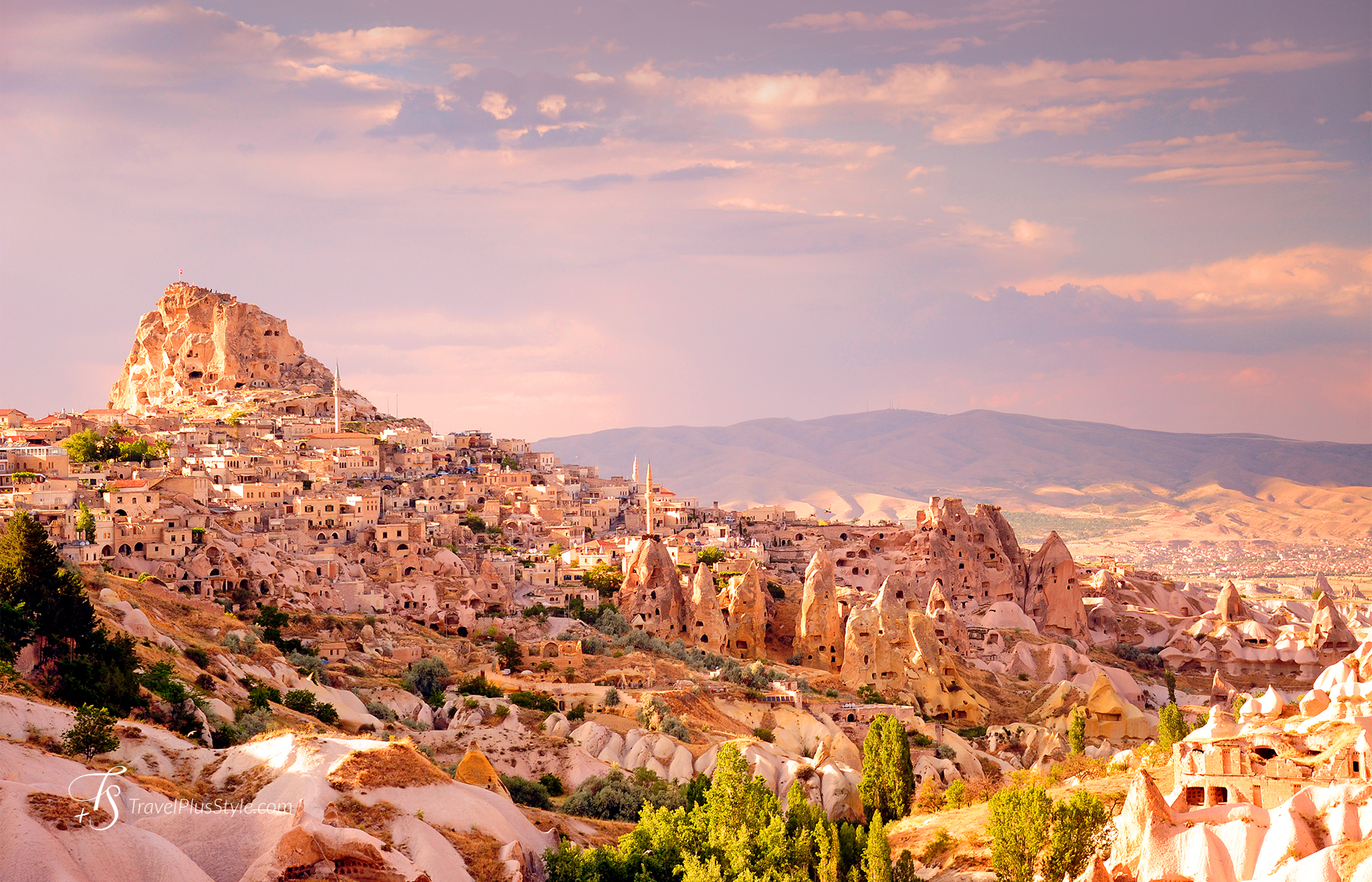
The region now has a great prospect in terms of tourism. Traditional Cappadocia voices the authenticity of houses and doves. These houses were built in the nineteenth century on slopes either by rocks or cut stone. The stone, which is the only architectural material of the region, can be processed very easily since it is soft after the quarry because of the volcanic structure, but after it comes into contact with the air it hardens and becomes a very durable building material. Because of the abundance of the materials used and their easy handling, stone workmanship, which is unique to the locality, has developed and become an architectural tradition. If the courtyard is necessary, the material of the house doors is wood. The top of the arched doors is decorated with stylized ivy or rosette motifs. The region is also famous for its winemaking and grape growing. They used Cappadocia as a house. These are protected as historical monuments.
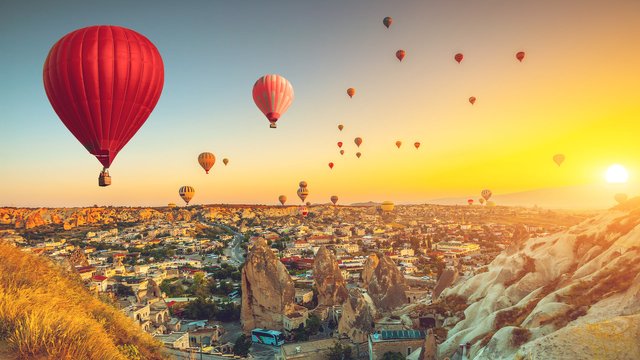
If you want to visit someday region it is situated in beautiful Turkey's beautiful land ..
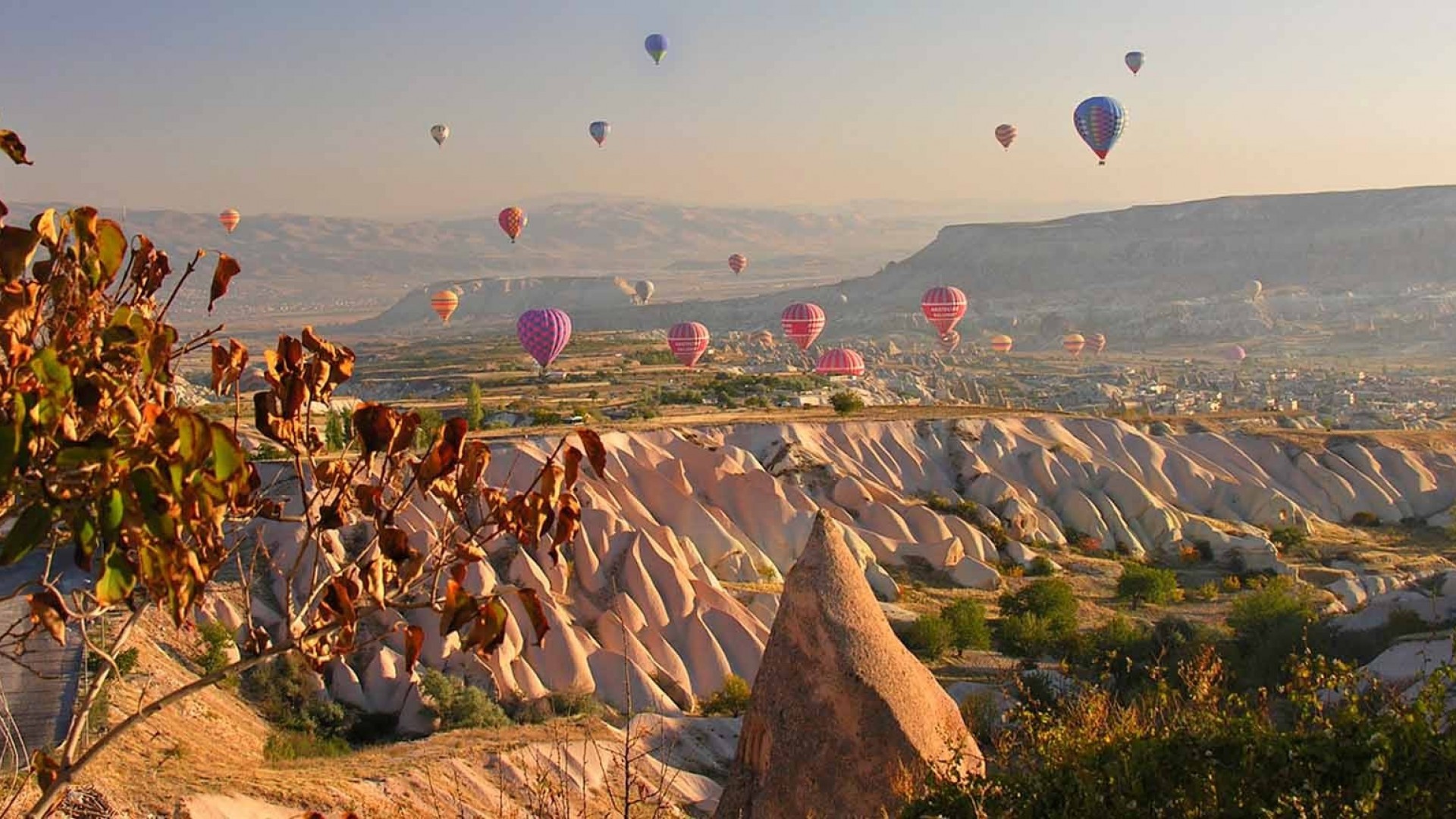
Hi! I am a robot. I just upvoted you! I found similar content that readers might be interested in:
https://www.monalica.com/w/cappadocia-2370
Downvoting a post can decrease pending rewards and make it less visible. Common reasons:
Submit
Turkey is a country I would love to see. My list is so long! The images in this are absolutely stunning.
Downvoting a post can decrease pending rewards and make it less visible. Common reasons:
Submit
Turkey is very beautiful. if you visit one day, you will be very happy😊
Downvoting a post can decrease pending rewards and make it less visible. Common reasons:
Submit
Your Post Has Been Featured on @Resteemable!
Feature any Steemit post using resteemit.com!
How It Works:
1. Take Any Steemit URL
2. Erase
https://3. Type
reGet Featured Instantly – Featured Posts are voted every 2.4hrs
Join the Curation Team Here
Downvoting a post can decrease pending rewards and make it less visible. Common reasons:
Submit